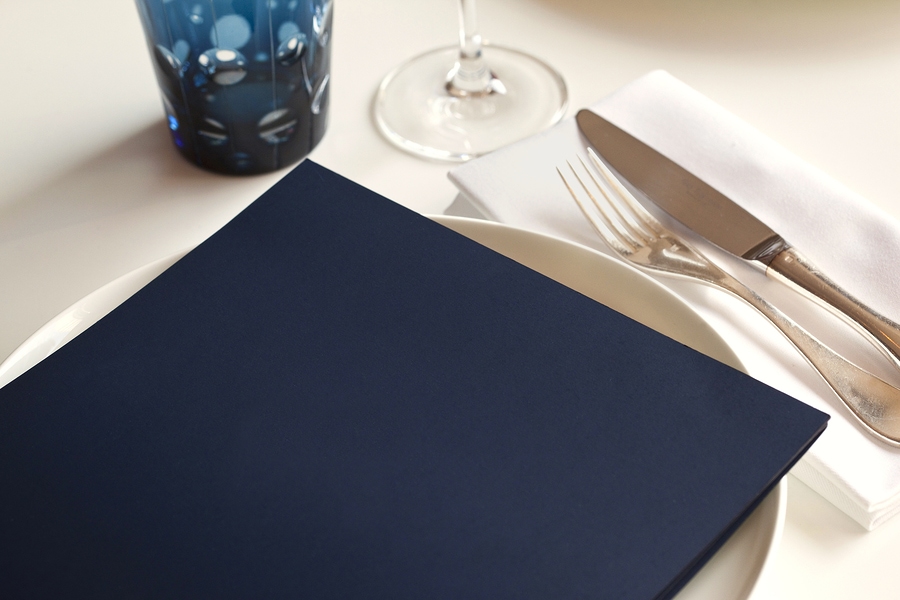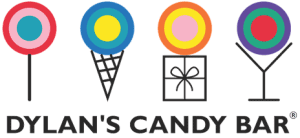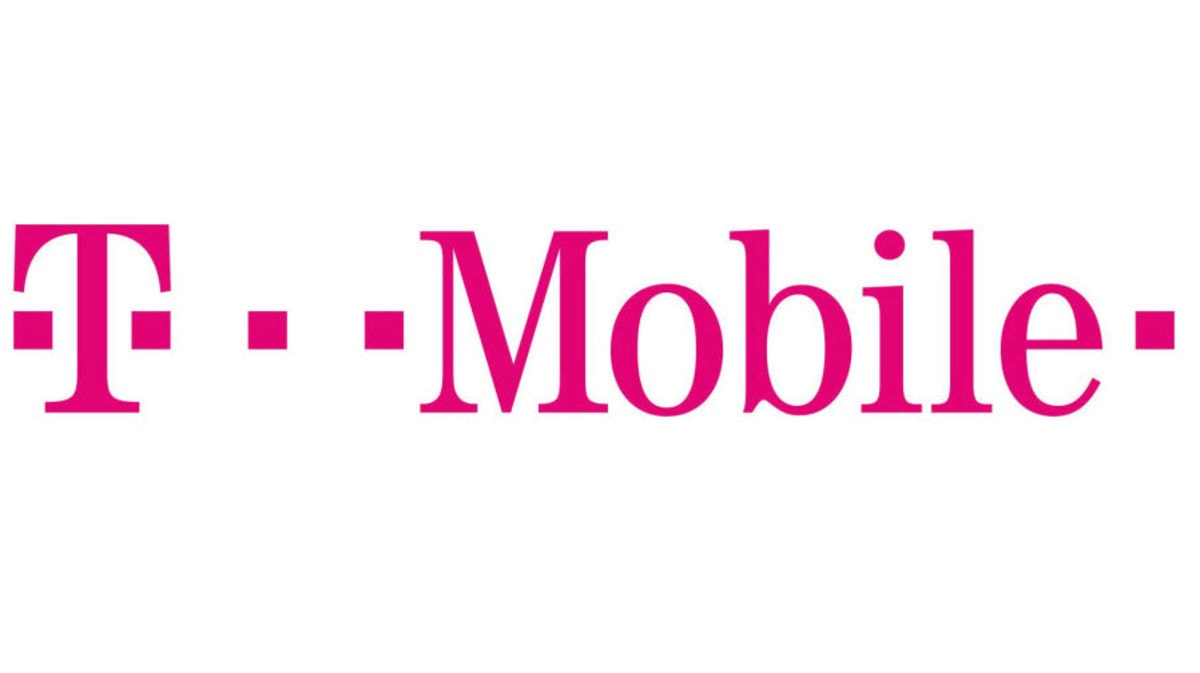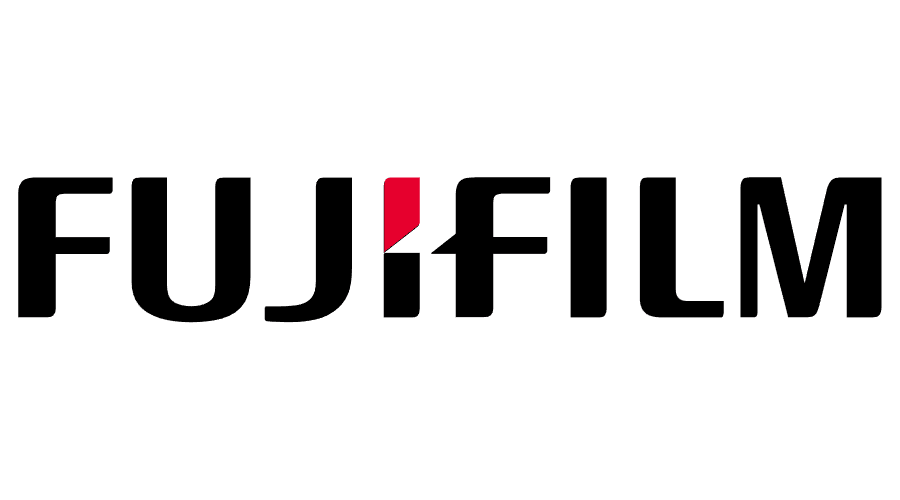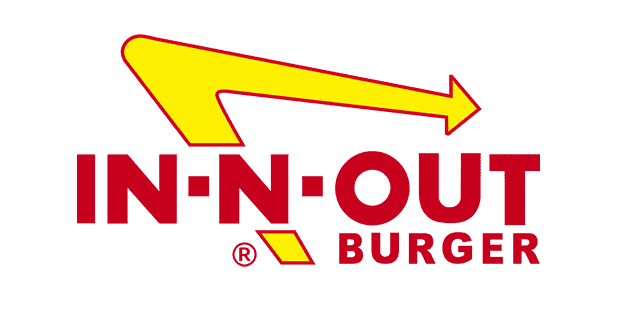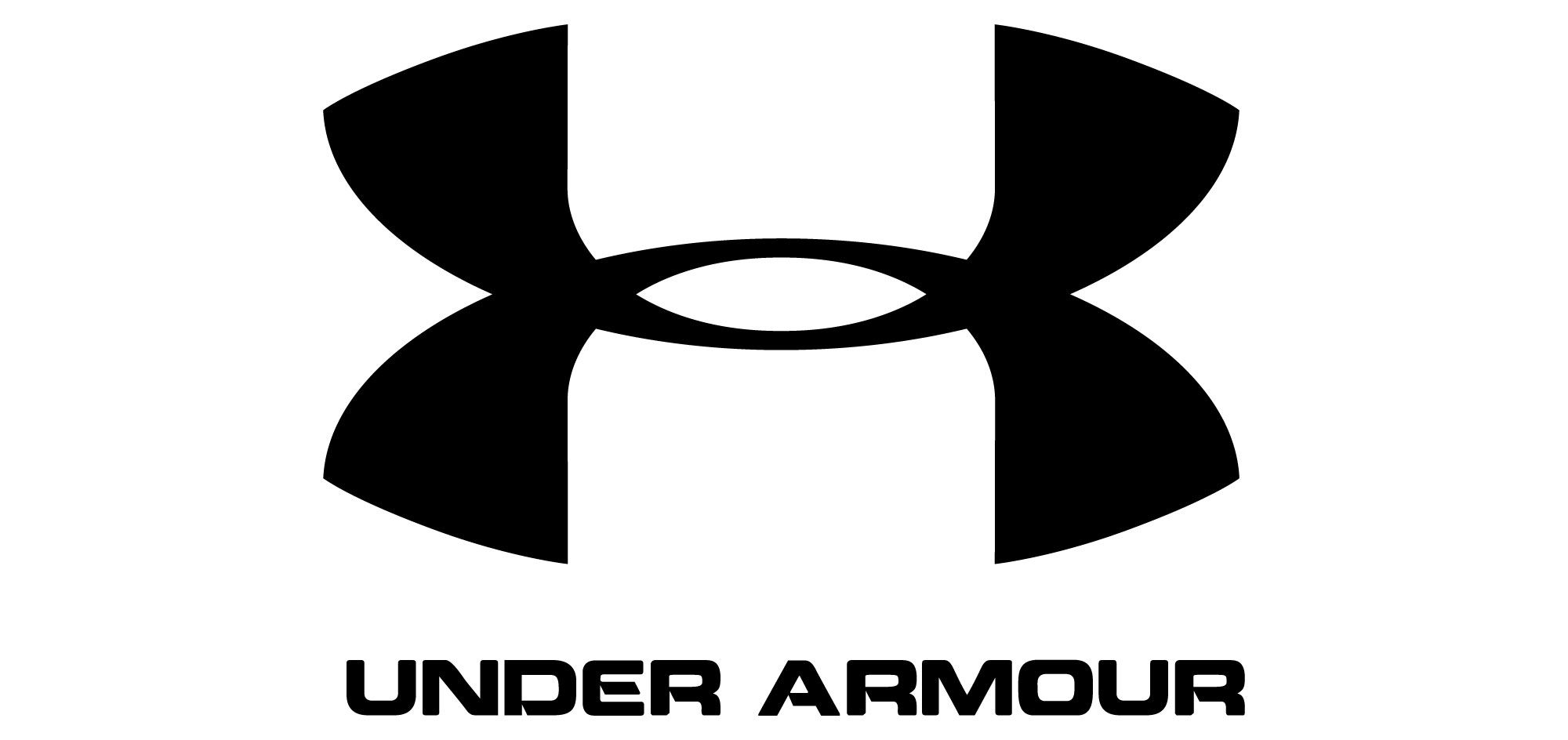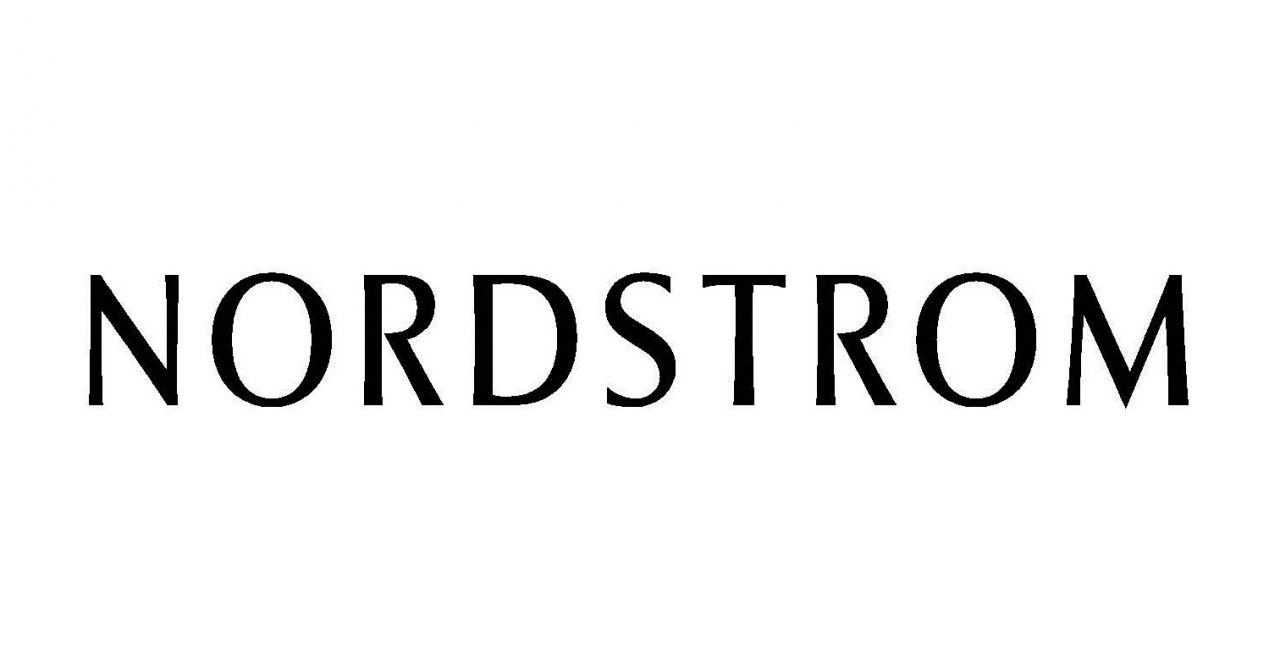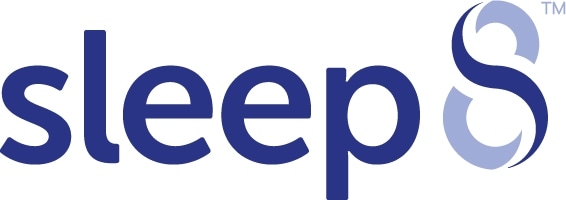Your restaurant’s menu can drive sales, clearly communicate your brand and give customers an idea of which dish will give them the best experience. Despite these important characteristics, menu design is an oft overlooked aspect of restaurants.
Many restaurants owners stick to a basic menu design, listing appetizers, mains and optional extras such as drinks and desserts on a plain sheet of paper using a simple typeface and little or no extra design elements.
While a simple menu has its own range of benefits, it’s often far more effective for a restaurant or café to use a menu that’s designed from the ground up to lead people towards top-selling dishes, entrees, drinks, desserts and other items.
From the fonts you use in your menu design to elements such as lines, text boxes or photos, a wide range of design elements can have a significant effect on the way that customers perceive and react to your menu.
This can drive extra orders and additional revenue for your restaurant, making it an important priority. In this guide, we’ll share five tips that you can use to design and create a more effective, profitable menu for your restaurant or café.
Own a high-end restaurant? Avoid adding photos to your menu
If your restaurant offers inexpensive dining, adding photographs to your menu is an excellent way to familiarize customers with the dishes you offer. This is particularly true if your restaurant serves exotic food that customers may not be familiar with.
For a high-end restaurant, however, it’s often a better strategy to leave the look and feel of your food to the customer’s imagination. Adding pictures to your menu could cheapen the dining experience and change people’s perception of your brand.
Leave out currency symbols to make prices seem less direct
Research shows that people are less likely to associate a price with their spending if it isn’t preceded by a currency symbol. This means that leaving dollar, pound, euro or other currency signs out of a menu could increase your average per-table spend.
People naturally associate currency symbols with cost. Leave them out while clearly listing prices for all of your dishes and you don’t lose any transparency, but you will make ordering more expensive dishes less of a difficulty for customers.
Use boxes to group similar menu items and “build” meals
Does your restaurant offer entrees, mains and desserts? One of the best ways to help customers build a meal and increase your restaurant’s per-table spend is by sorting menu items into logical groups to help people create full meals.
Group your most popular menu items together so people have an idea of the dishes that are most worth ordering. Then, group similar items in boxes so that customers can easily build a meal, from the entrée to their favorite after-dinner drink.
Use simple typefaces that customers can read without difficulty
One of the biggest mistakes many restaurants make – particularly international or unusual restaurants – is using typefaces that, while visually appealing, aren’t easy for customers to read.
Here’s a good way to balance style and function: use an interesting font for menu headings and subheadings, with a simple, easier-to-read font for menu items and descriptions.
Take people’s reading patterns into account when designing a menu
Eye-scanning studies reveal that people don’t read menus using a unique reading pattern, as experts once thought. The majority of people actually read menus just like they’d read a book – from the top left corner to the bottom right corner.
Organize your menu logically, with entrees or favorite dishes in the top left corner and desserts in the bottom right, so that customers can easily make their way from the beginning of your menu to the end while ordering their meals.

